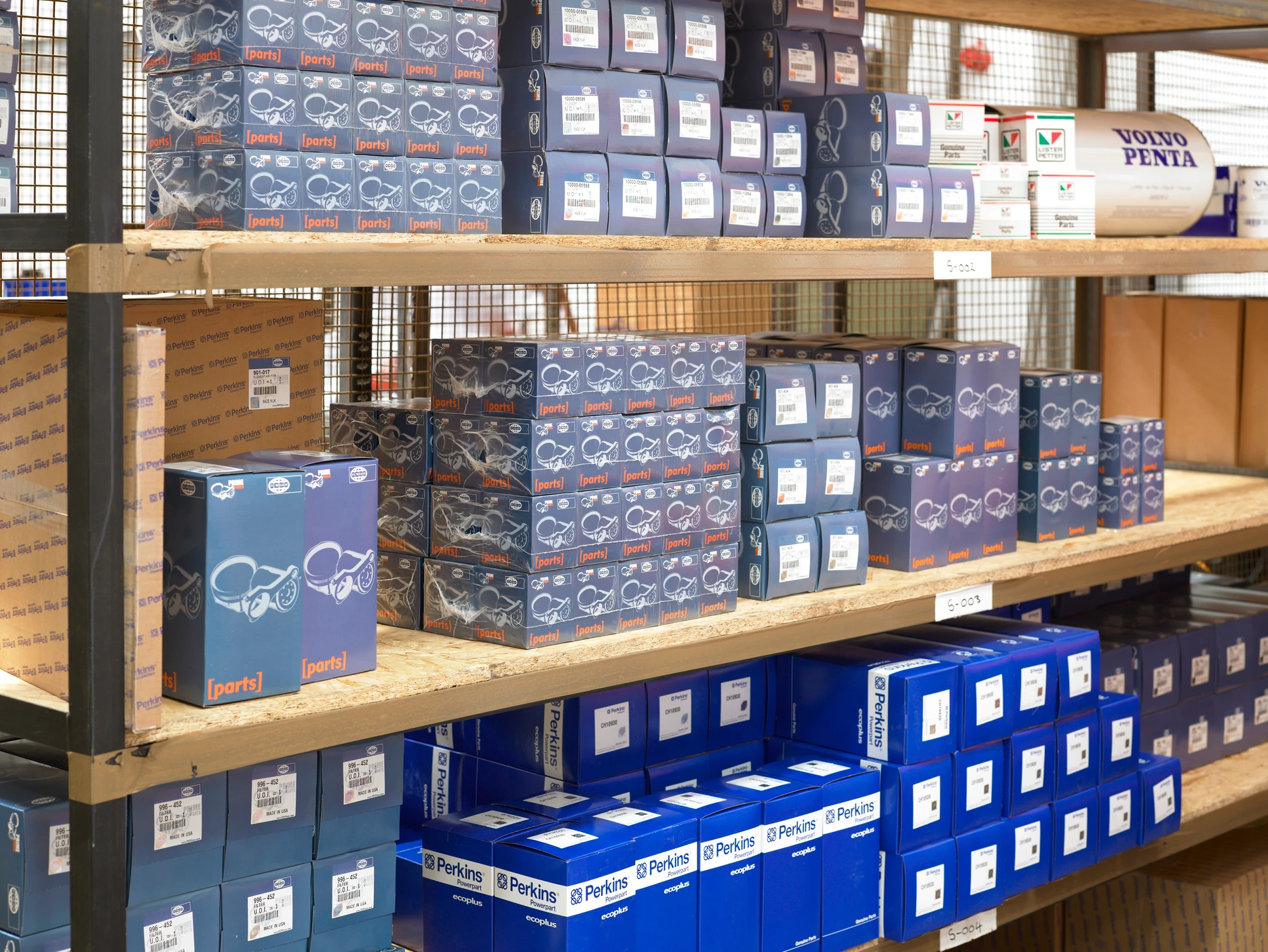How To Identify Generator Components
April 26, 2024
Companies in a wide variety of industry sectors rely on standby generators to guarantee a continuous supply of electricity in the event of a power outage. As the national provider of back-up generator maintenance and UPS servicing, repair and installation solutions, YorPower is pleased to offer the following glossary of generator parts, systems and components.
The Engine
Every machine contains an engine. It is what converts the fuel source into usable energy and allows it to move or perform its mechanical function. For this reason, engines are sometimes called the machine’s prime mover.
Generator engines are typically powered by either diesel or natural gas. The fuel turns the engine, and as the engine turns, various components, including the alternator and battery system, turn that mechanical energy into usable electricity for your equipment. The size of the engine typically dictates how much electricity the generator produces.
Fuel System
Generators running on fuel have a system that stores and pumps the appropriate fuel to the engine. The tank stores enough fuel to power a generator for an equivalent number of hours. The correct fuel must be placed into the generator, and enough fuel must be inside the generator and on-site in order to keep the generator operating. It is recommended to inspect the fuel system and fuel flow prior to operating the generator to ensure that every part is working as expected and there are no kinks or clogs in the fuel lines that would prevent the natural gas or diesel from reaching the engine. Popular generator fuels include diesel, natural gas, and propane.
Fuel Filters
The fuel supply for the engine needs to be kept clean. This engine has on board filters, which are capable of taking the fuel down to two microns of impurities, this will ensure that there are no foreign bodies in the combustion process.
Air Filter
For combustion of the fuel to take place, we need to introduce oxygen. Air is taken from the air filter and purified to make sure there are no foreign bodies that can cause damage in the compression process.
Control Panel
The control panel of the generator is the user interface. It allows the operator to monitor the various systems of the generator and adjust them as needed.
The control panel will be a collection of components, together they should monitor the diesel engine and AC alternator as they run and ensure the readings stay within pre-set parameters.
The control panel is also used to start and stop the generator, read any Diagnostic Trouble Codes on compatible engines and display parameters to the user. It can also be used with an ATS panel for automatic mains failure operation.
Alternator And Voltage Regulator
The alternator converts mechanical energy produced by the engine into A/C current. This is not the desired current for charging a battery storage system or operating various machinery. The generator must regulate the voltage to produce a constant current suitable for practical use; changing it from A/C to D/C (direct current).
MCCB
The function of the MCCB (the moulded case circuit breaker) is to isolate the generator from faults on the customer’s distribution system, or to protect the alternator from overload and other fault conditions.
Battery Charger
Like your vehicle, a generator is first started with the help of a battery. Since this battery must be charged, the generator will also contain a battery charger that charges the battery while the generator is in operation.
For all generator related enquires. Get in touch with our expert team today.


